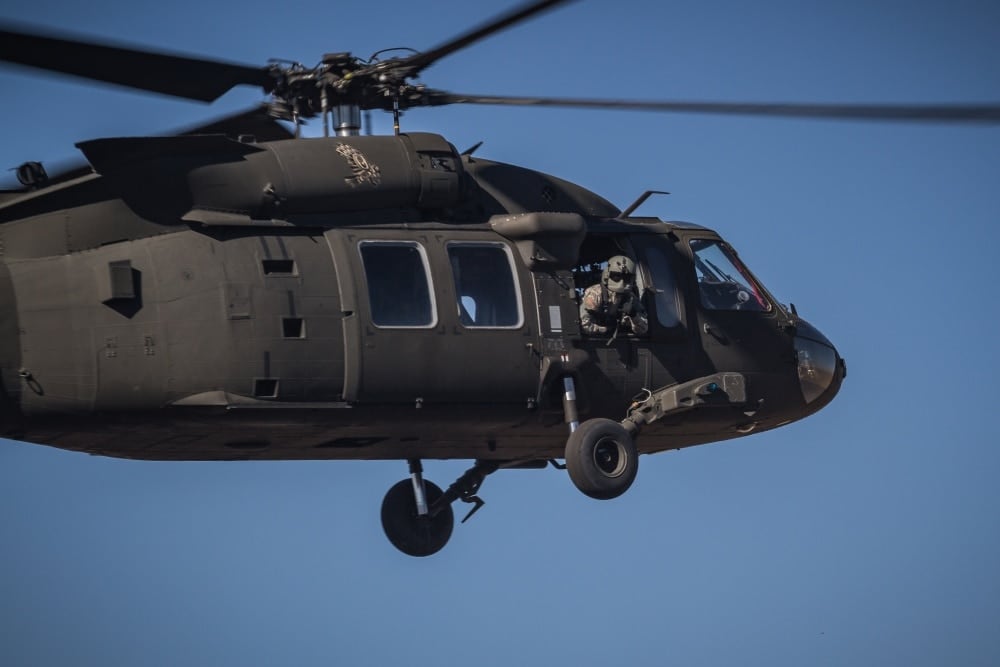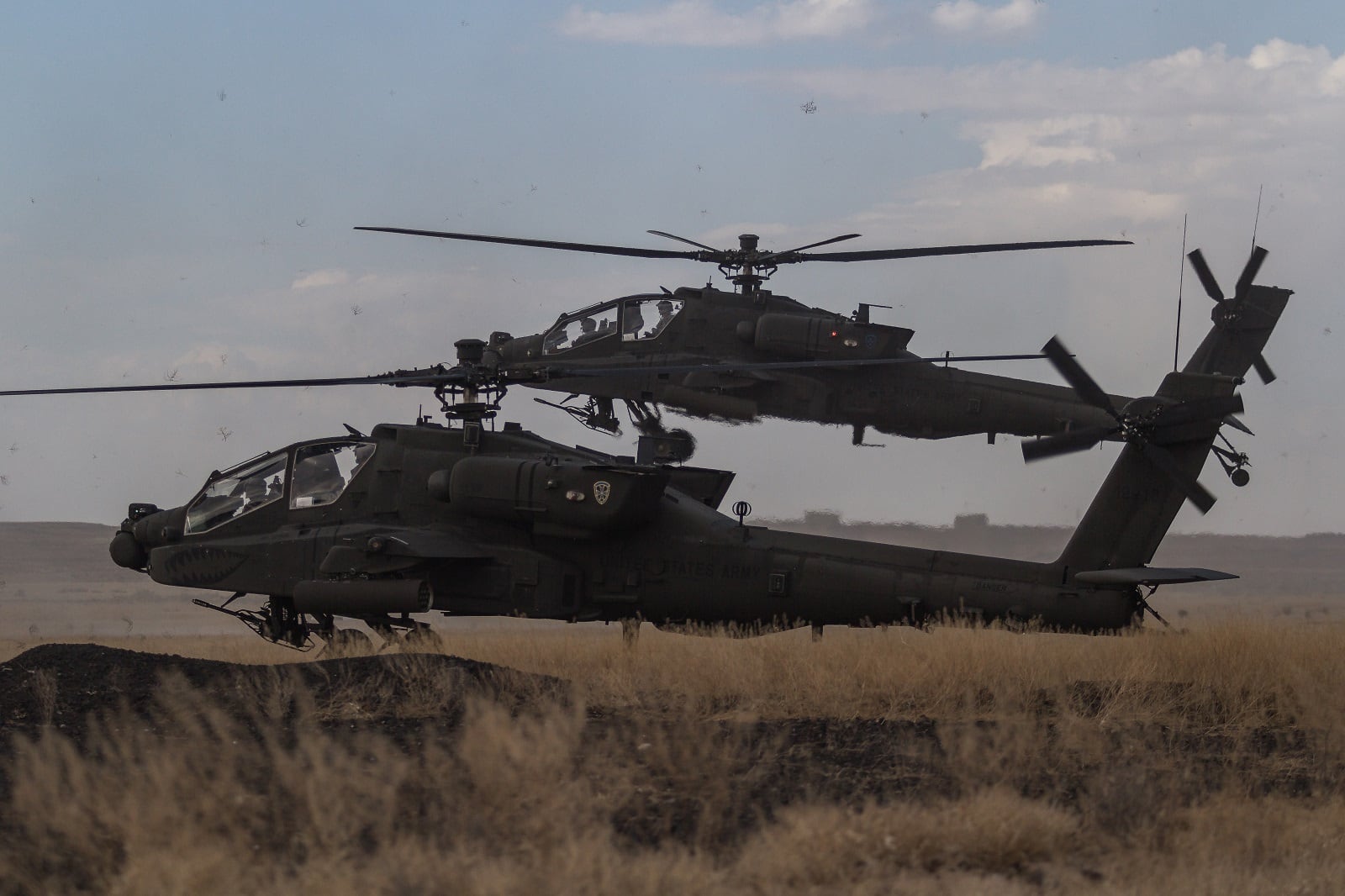By the numbers, the Army has 110 percent of the certified aviators it needs. The issue is keeping the right experience levels in each formation.
To get at the problem, the service is eyeing a new set of retention bonuses to encourage seasoned pilots to stay in the Army.
A revival of the bonus program is due later this month, the director of aviation in the Army G-3/5/7 said Thursday at an Association of the United States Army aviation forum outside Washington, D.C.
“In terms of attracting aviators, that’s not a problem,” said Brig. Gen. Frank Tate. “Everybody wants to be an aviator. Just about.”
But not everyone wants to stay an aviator.
The Army particularly needs to retain pilots at the seven-year mark — when they finish their initial service obligations — and the 17- to 22-year mark, when many are weighing the benefits of retirement, Tate said.
He did not provide any additional details about when the bonuses will be available, how much they might be worth, or how someone might qualify for the payments.
Sequestration made a dent in the number of new pilots earning their wings at Fort Rucker, Alabama, so the Army recently sent more helicopters down to flight school. As a result, the service has been able to increase training throughput by 30 percent over what it was during sequestration, officials said.
That has cut down on the shortage of warrant officers. And officials hope the retention bonuses will help even more.
But Army aviation faces other challenges because of lower funding levels.
Losing overmatch
The Army is going to lose its air warfare superiority if it can’t get more funding and do a better job of modernizing on a tight timeline, two generals said at the forum.
With 88 percent of the Army’s aircraft on deployment at any given time, operating on a budget that’s almost half of what it was five years ago, the service risks pushing modernization completely by the wayside to maintain what is rapidly becoming an obsolete aviation force, said the head of the Army Aviation Center of Excellence and the director of force development with the Army G-8.
“Innovation is not the Army’s problem,” said Maj. Gen. John George of the Army G-8. “Money is the Army’s problem.”
The winding down of combat operations in Iraq and Afghanistan has not freed up the Army’s aviation branch to spend time updating its tactics, techniques and procedures, or to begin earnestly developing the next generation of helicopters.
Instead, Army aviators remain in high demand overseas — not just in the war zones but also in places such as Europe and Asia.
In addition, George said, the Army has been making only incremental upgrades to existing systems.
RELATED

Operating on continuing resolutions, he said, rather than budgets that address new funding priorities has effectively cut in half the funds for maintenance, as well as research, design, testing and evaluation that Army was working with before sequestration.
“Our buying power and our modernization budgets have come down almost 42 percent just since 2012,” said Maj. Gen. Bill Gayler, head of the Army Aviation Center of Excellence. “It gives little room, when we fund readiness today, for modernization in the future.”
The other issue is the sheer scale of the Army’s helicopter fleet. Even if the service can pinpoint new capabilities it needs from a future airframe, it would take so long to get them into formations that they’d be obsolete.
“If we have large formations with high volumes of equipment, it takes 12 to 15 years to produce,” he said. “By the time we field anything, the threat has already changed.”
It would take 40 years to replace every one of the Army’s aircraft, he added, with manufacturing at a capacity of 50 helicopters a year.
“We will spend the last 37 years fielding obsolescence,” Gayler said. “Our nation cannot afford our services going in a replacement strategy versus a capability strategy.”
Meghann Myers is the Pentagon bureau chief at Military Times. She covers operations, policy, personnel, leadership and other issues affecting service members.




